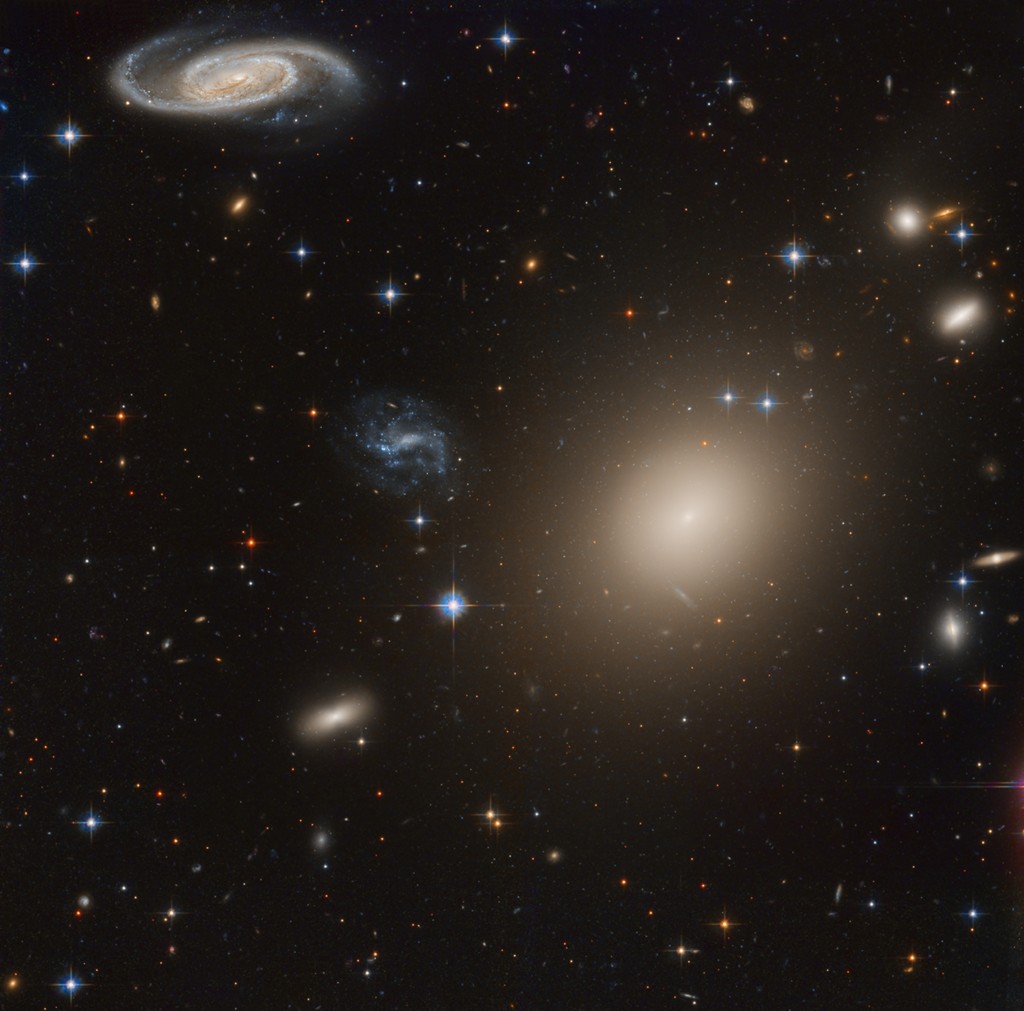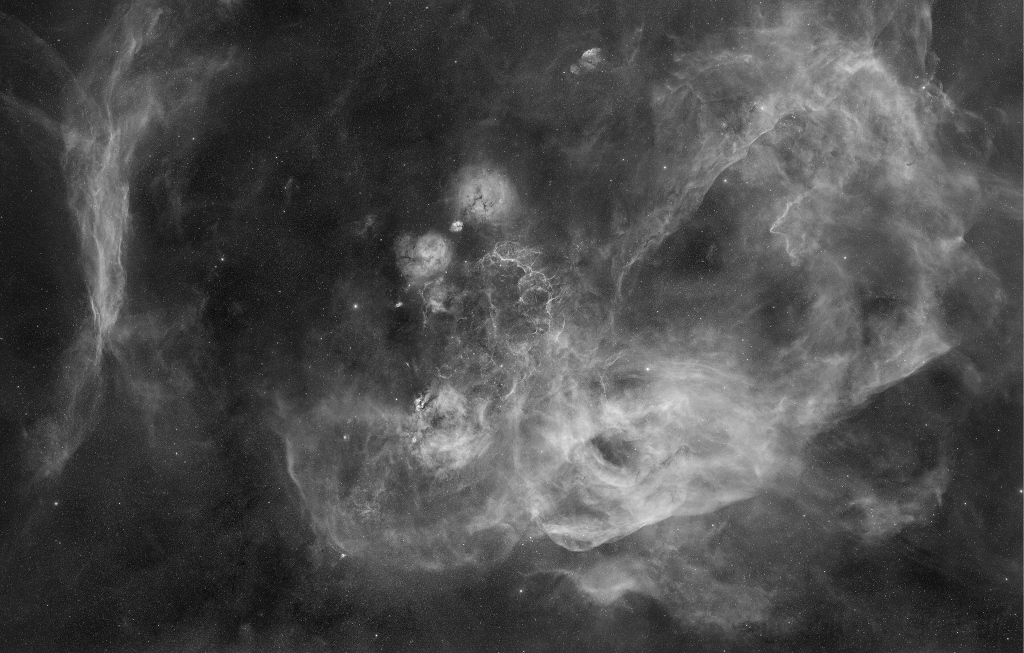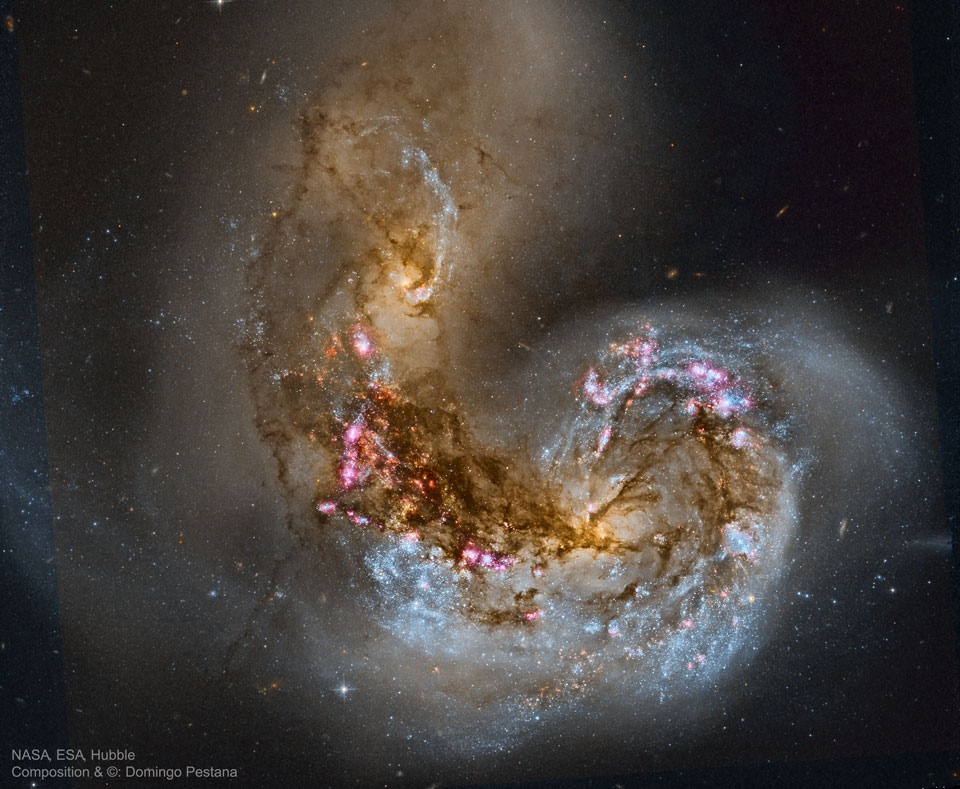
Galaxies Away


The following is a statement from NASA Administrator Jim Bridenstine on Thursday’s signing of Space Policy Directive-2 by President Donald Trump:
from NASA https://ift.tt/2IMvt3W
via IFTTT![]()
NASA astronauts Christina Hammock Koch and Andrew Morgan have been assigned to spaceflights scheduled to launch in 2019. Both Koch and Morgan were selected as NASA astronauts in 2013.
from NASA https://ift.tt/2GLfilq
via IFTTT![]()

NASA has awarded a contract to Ball Aerospace and Technologies Corporation, Boulder, Colorado, for the primary instrument components for the Wide Field Infrared Survey Telescope (WFIRST).
from NASA https://ift.tt/2x8Ay5n
via IFTTT![]()

A joint U.S./German space mission to track the continuous movement of water and other changes in Earth’s mass on and beneath the planet’s surface successfully launched at 12:47 p.m. PDT Tuesday from the California coast.
from NASA https://ift.tt/2s5ADRm
via IFTTT![]()